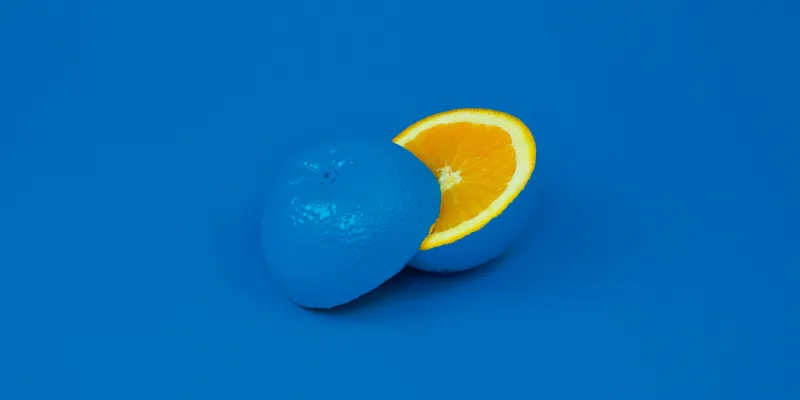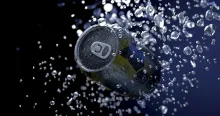Lidl v Tesco- We need to talk about Copyright
July 11, 2023
So, we’ve heard a lot about Lidl and Tesco. But – in the blog posts as in the judgment - copyright seems to be an afterthought. It might be that by paragraph 278 we all needed a coffee. It might be that we’re waiting for this point to be reviewed upon appeal. But as it stands, the potential impact of this judgment on UK copyright law is huge - and we need to talk about it.
But first – a recap of the copyright decision. The judge found that: (1) the Lidl mark with text (the Lidl Work) was an artistic work protected by copyright (2) Lidl established a presumption of copying, which Tesco failed to discharge (3) a substantial part of the Lidl Work was reproduced in the Tesco Clubcard logo with text (the Tesco Work).

The critical reaction from the legal community has touched on whether the Lidl Work was the result of sufficiently free and creative choices to merit copyright protection – an argument which is largely shut down by the fact that the Lidl Work includes the stylised “LIDL” text. The voices of the dissenters would be better directed at the substantial part analysis in the judgment. In particular, how did we reach a position where a yellow circle on a blue square was held to be a substantial part of the skill and labour of a work containing a complex logo design (unreplicated) alongside a third (unreplicated) shape and a third (unreplicated) colour?
Again, let’s pause and recap. The basic test of substantiality under UK law is whether the later work replicates a substantial part of the aspects of the earlier work which, by reason of the skill, labour and judgment which went into their creation, make it an original work attracting copyright protection. That is, the copyist must have taken a substantial part of the skill, labour etc which merits protection under copyright law.
In determining whether a substantial part was taken, the judge quoted HHJ Clarke in ATB Sales[2], stating that, “what matters is the extent to which that part contains elements which express the intellectual creation of the author. If it contains elements which express the intellectual creation of the author, then it is a substantial part. If it does not, it is not”. This quote appears to state the correct position under UK law and then immediately contradicts it with the incorrect suggestion that reproduction of any elements which reflect the intellectual creation of the author will amount to a reproduction of a substantial part of the original work.
In considering the impact of this quote, it is important to note that, earlier in the judgment, the judge found the Lidl Work “by its combination of text, colours, and shapes, to have the originality required by [UK copyright law]”. However, when it came to the analysis of substantiality, the judge made no consideration of whether the blue/yellow combination was a substantial part of the combination of text (Lidl), colours (blue, red and yellow) and shapes (square, circle and open circle) which gave the work its originality. Instead, she stated only that “the blue background with the yellow circle plainly forms a substantial part of the [Lidl Work]”. It seems plausible that the judge used the ATB Sales dicta to find that the blue/yellow combination constituted a substantial part of the Lidl Work on the mistaken basis that it contained only “elements” expressing the author’s intellectual creation.
The impact of this - seemingly semantic - error is immediately apparent on application to real world scenarios. Consider, for example, the impossibility of offering a generative AI model, or the implications for bringing copyright claims against lookalike products, if only a part of the author’s intellectual creation need be replicated (provided it appears to be a substantial part of the work as a whole).
In truth, it is likely that the judge did not intend these implications. Perhaps, as others have done, it is wise to wait and review how the copyright judgment is treated on appeal (coffee at the ready). But in the meantime, it looks to be quite easy to infringe copyright.
[1] Photo by davisuko on Unsplash
[2] ATB Sales v Rich Energy & Ors [2019] EWHC 1207 (IPEC)
You may also like












